[Trial version] Unit 1. Transitioning to C++
[Trial version] 1.1 C++ Introduced
[Trial version] C++ Introduced
[Trial version] C++ Background
[Trial version] Compiling and Running a C++ Program
[Trial version] 1.2 Data Structures and Algorithms in C++
[Trial version] Data Structures and Algorithms in C++
[Trial version] What are Data Structures and Algorithms?
[Trial version] Problem Solving with Data Structures and Algorithms
[Trial version] 1.3 Basic C++ Programming
[Trial version] Basic C++ Programming
[Trial version] Data Types
[Trial version] Specifying Classes
[Trial version] Input and Output
[Trial version] The Preprocessor
[Trial version] A Side-By-Side Example
[Trial version] 1.4 Memory Management
[Trial version] Memory Management
[Trial version] Pointers
[Trial version] Parameter Passing Mechanisms
[Trial version] Dynamic Memory Management
[Trial version] 1.5 Mechanisms for Code Reuse and Abstraction
[Trial version] 1.5 Mechanisms for Code Reuse and Abstraction
[Trial version] Inheritance
[Trial version] Polymorphism
[Trial version] Templates
[Trial version] Exception Handling
[Trial version] Unit 2. Linear Structures
[Trial version] 2.1 Using the Standard string class
[Trial version] Using the Standard string class
[Trial version] 2.2 The STL and Basic Containers
[Trial version] The STL and Basic Containers
[Trial version] Introduction to the Standard Template Library
[Trial version] Using the STL vector Container
[Trial version] Using the STL deque Container
[Trial version] 2.3 Linked Lists
[Trial version] Linked Lists
[Trial version] A Linked Structure
[Trial version] A C++ Implementation
[Trial version] Using the STL list Container
[Trial version] 2.4 Queues
[Trial version] Queues
[Trial version] First-In, First-Out
[Trial version] Using the STL queue Adapter
[Trial version] 2.5 Stacks
[Trial version] Stacks
[Trial version] Last-In, First-Out
[Trial version] Using the STL stack Adapter
[Trial version] Unit 3. Recursion
[Trial version] 3.1 The Basic Concept of Recursion
[Trial version] The Basic Concept of Recursion
[Trial version] 3.2 Problem Solving with Recursion
[Trial version] Problem Solving with Recursion
[Trial version] Divide and Conquer
[Trial version] Backtracking
[Trial version] Unit 4. Sorting, Searching, and Complexity
[Trial version] 4.1 Sorting and Searching
[Trial version] Sorting and Searching
[Trial version] Linear vs. Binary Search
[Trial version] Basic Sorting Algorithms
[Trial version] Fast Sorting Algorithms
[Trial version] Using Hash Tables
[Trial version] 4.2 Complexity
[Trial version] Complexity
[Trial version] Asymptotic Analysis
[Trial version] Unit 5. Trees and Graphs
[Trial version] 5.1 Trees
[Trial version] Trees
[Trial version] Introduction to Trees
[Trial version] Using Tree Structures
[Trial version] Using the Tree Based STL Containers
[Trial version] 5.2 Graphs
[Trial version] Graphs
[Trial version] Introduction to Graphs
[Trial version] Fundamental Graph Algorithms
[Trial version] Data Structures and Algorithms
[Trial version] Readings
[Trial version] Coding Conventions
[Trial version] The Auction Project
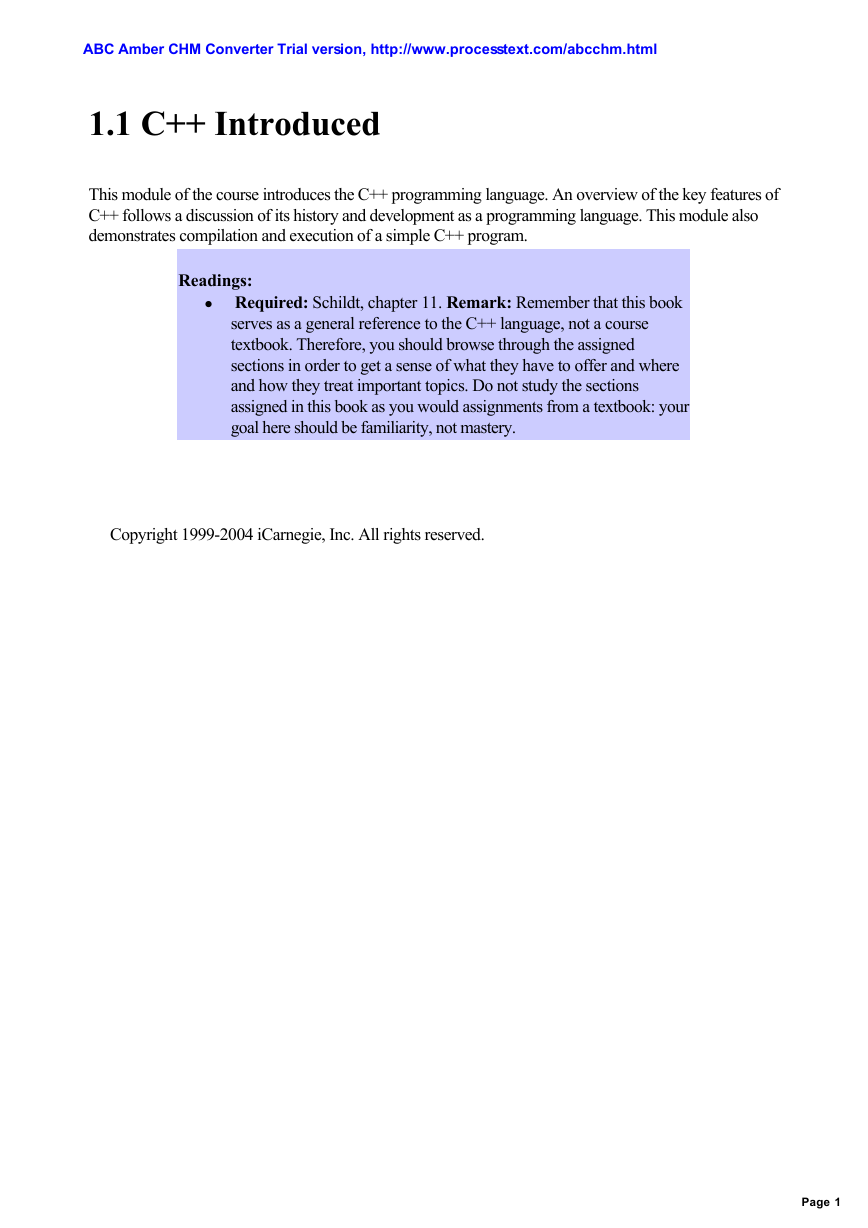
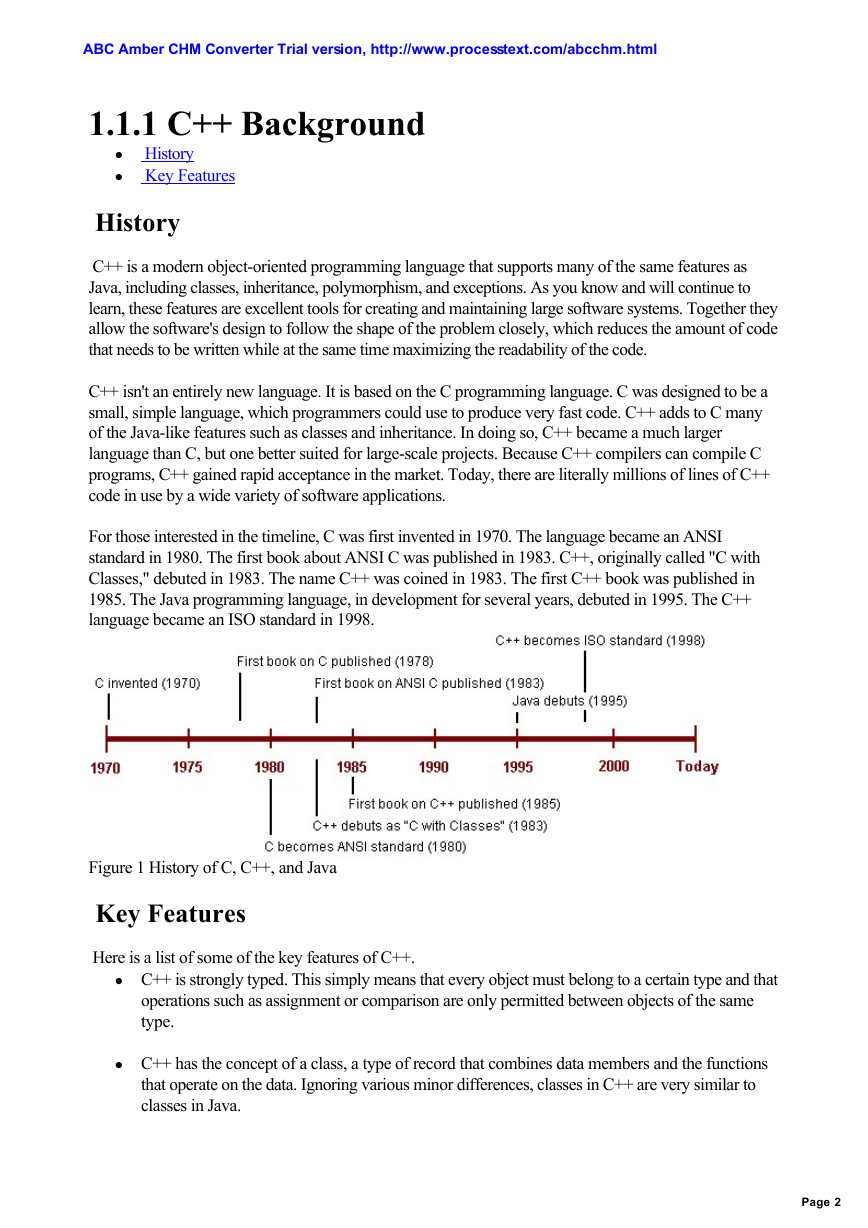
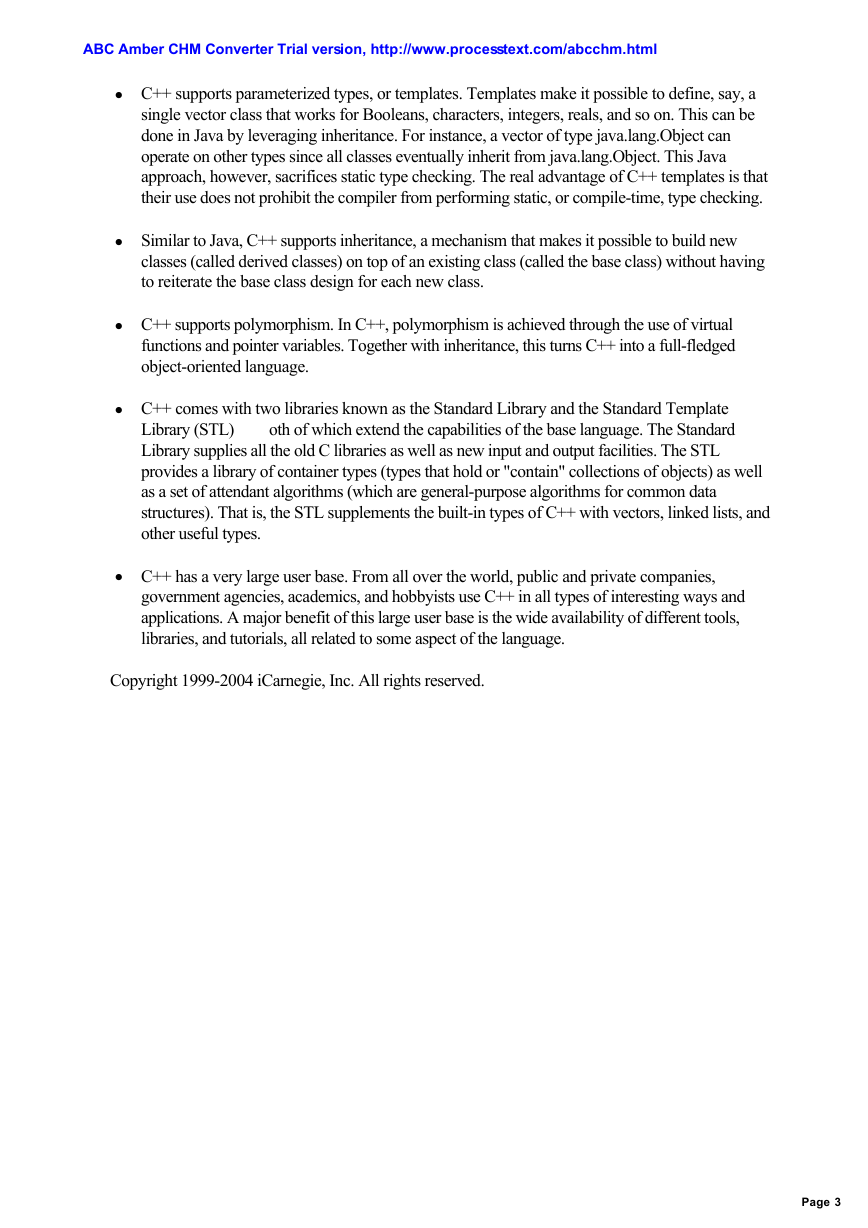
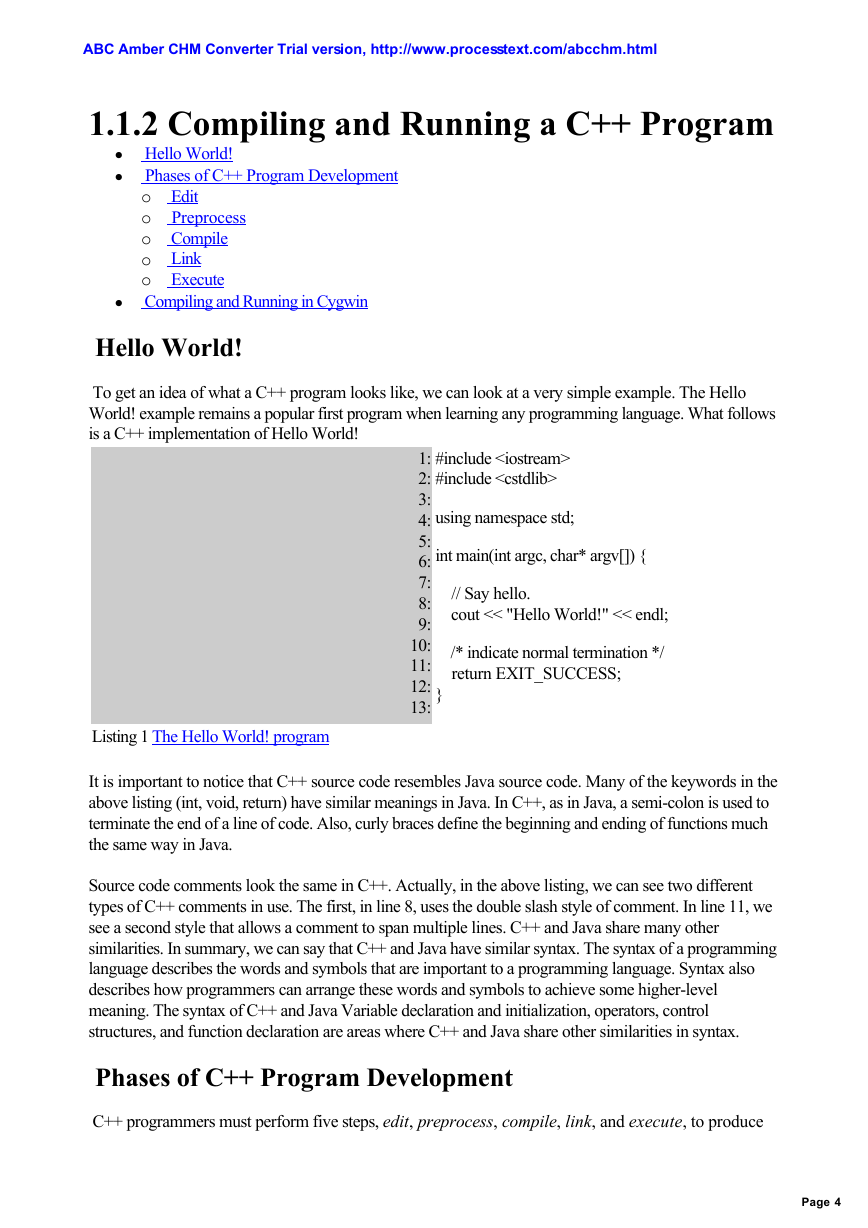
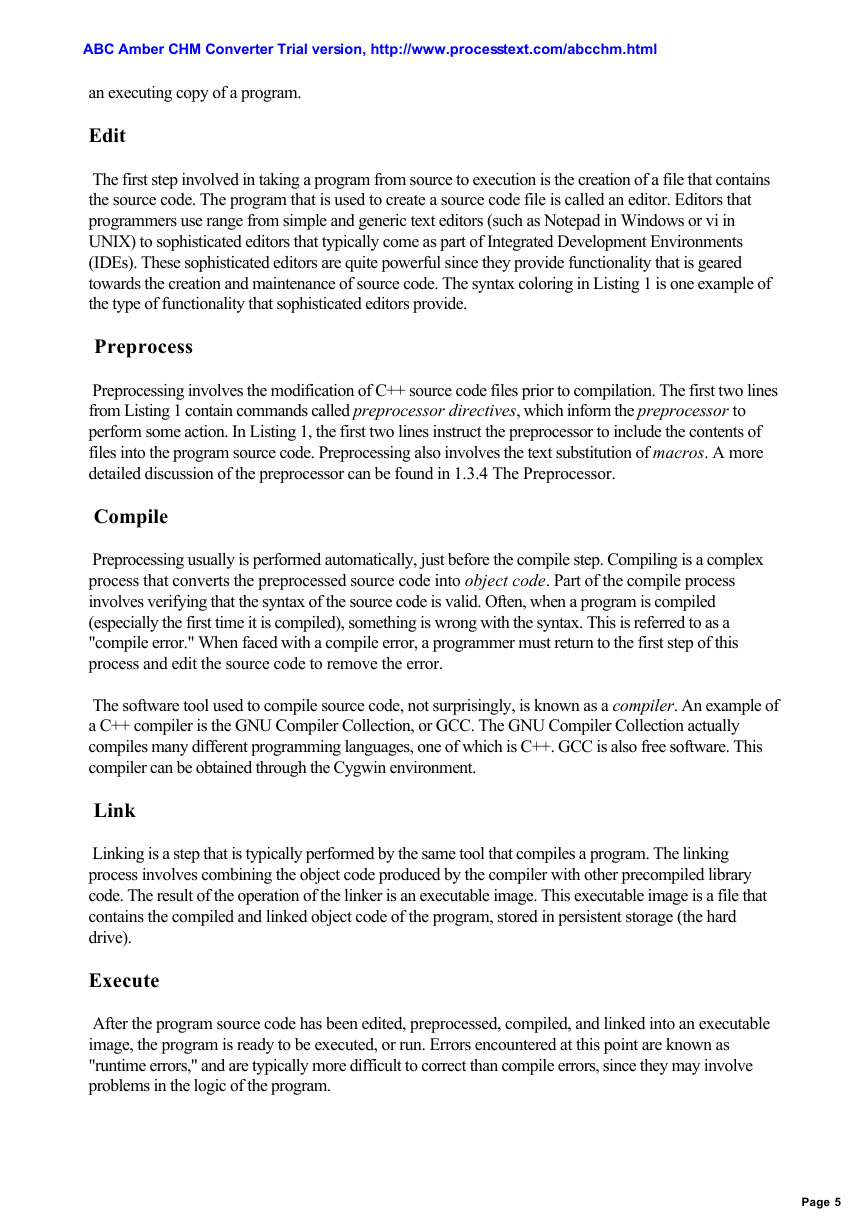
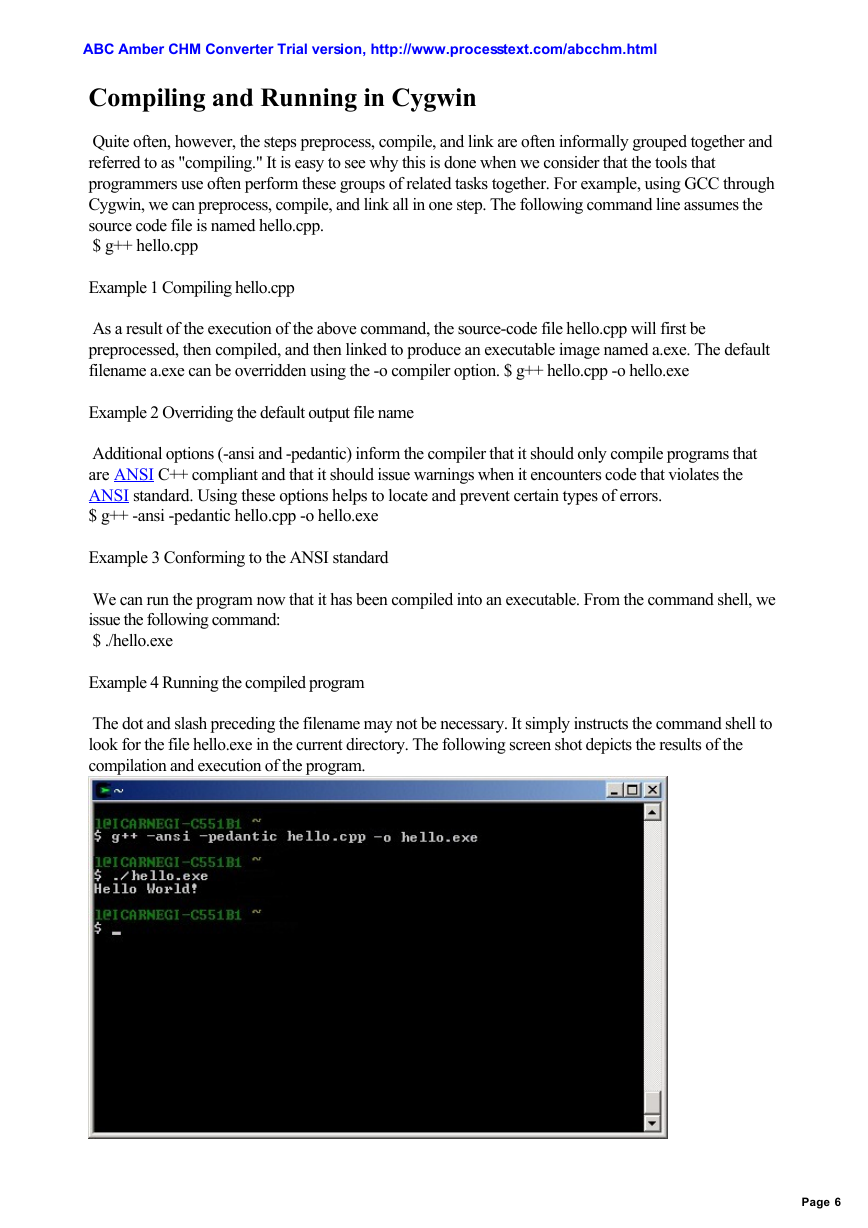
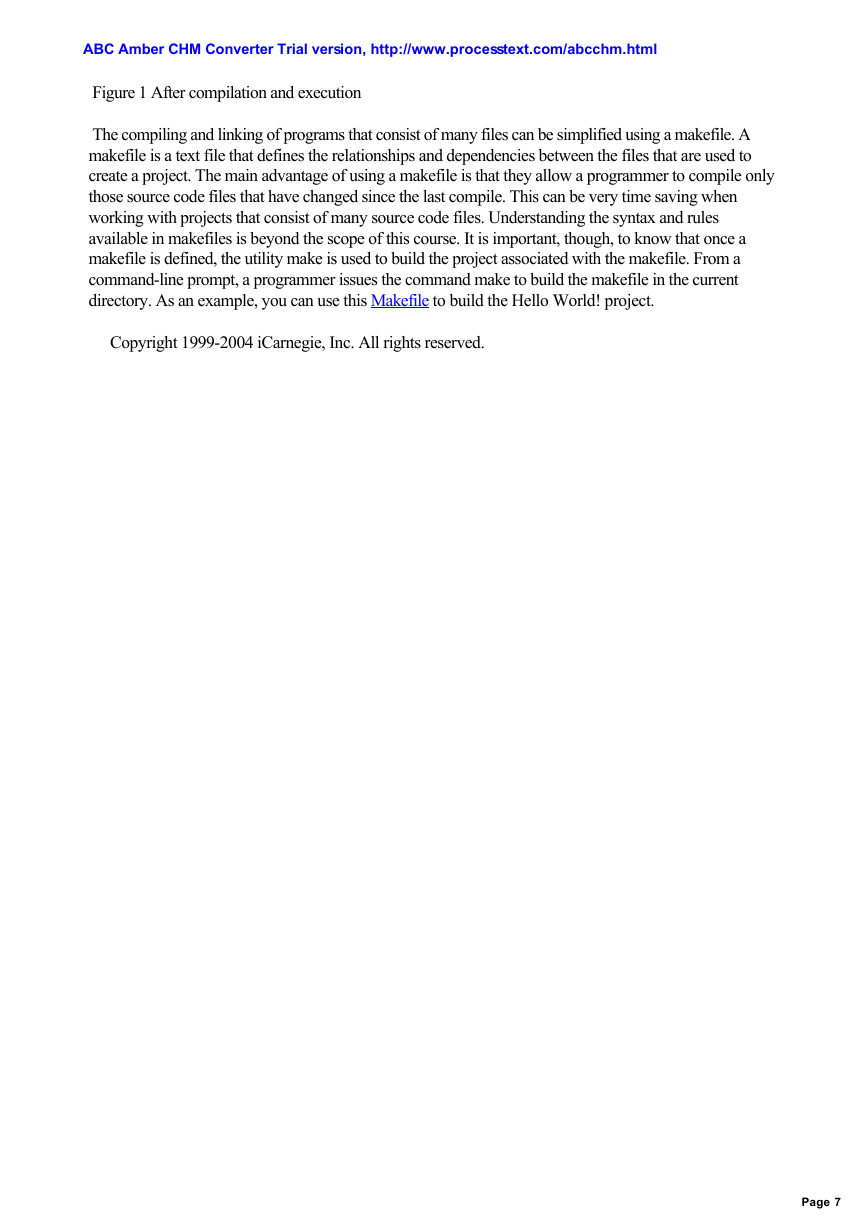
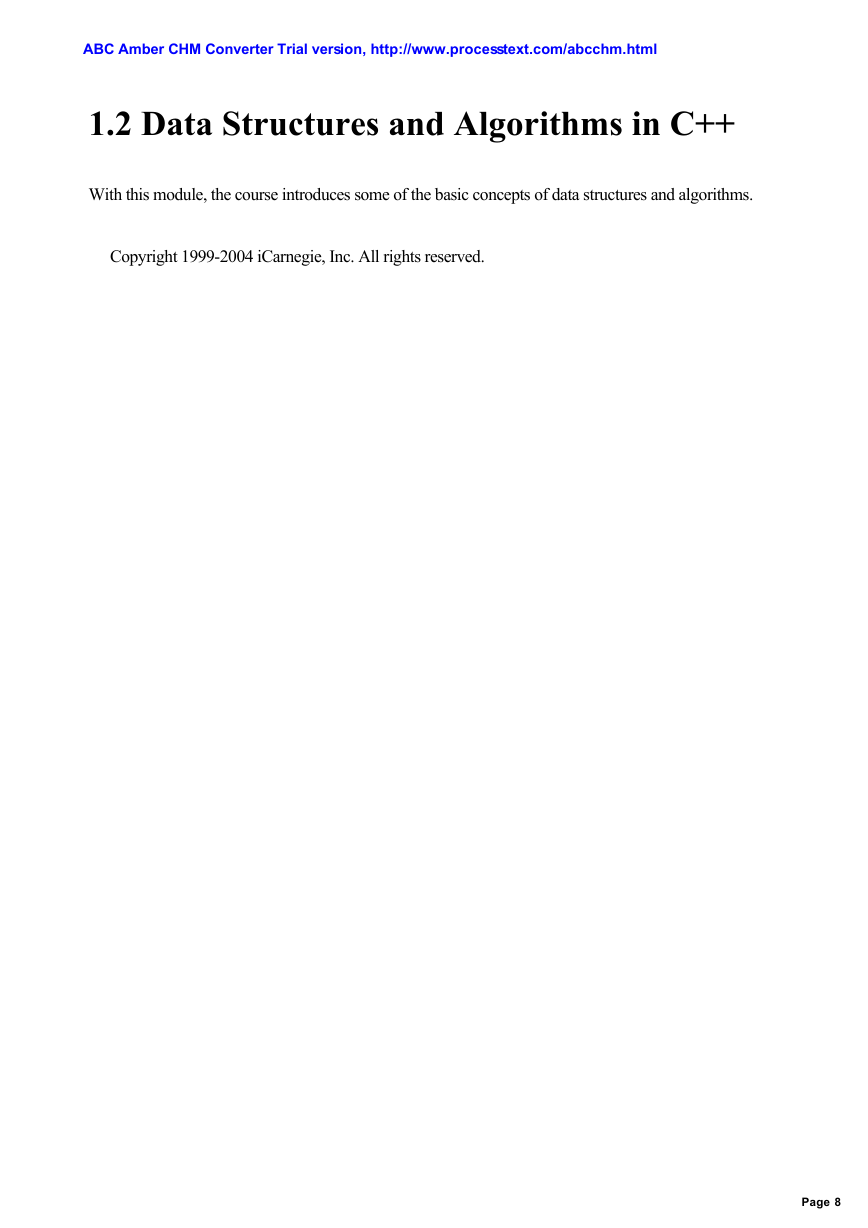








 2023年江西萍乡中考道德与法治真题及答案.doc
2023年江西萍乡中考道德与法治真题及答案.doc 2012年重庆南川中考生物真题及答案.doc
2012年重庆南川中考生物真题及答案.doc 2013年江西师范大学地理学综合及文艺理论基础考研真题.doc
2013年江西师范大学地理学综合及文艺理论基础考研真题.doc 2020年四川甘孜小升初语文真题及答案I卷.doc
2020年四川甘孜小升初语文真题及答案I卷.doc 2020年注册岩土工程师专业基础考试真题及答案.doc
2020年注册岩土工程师专业基础考试真题及答案.doc 2023-2024学年福建省厦门市九年级上学期数学月考试题及答案.doc
2023-2024学年福建省厦门市九年级上学期数学月考试题及答案.doc 2021-2022学年辽宁省沈阳市大东区九年级上学期语文期末试题及答案.doc
2021-2022学年辽宁省沈阳市大东区九年级上学期语文期末试题及答案.doc 2022-2023学年北京东城区初三第一学期物理期末试卷及答案.doc
2022-2023学年北京东城区初三第一学期物理期末试卷及答案.doc 2018上半年江西教师资格初中地理学科知识与教学能力真题及答案.doc
2018上半年江西教师资格初中地理学科知识与教学能力真题及答案.doc 2012年河北国家公务员申论考试真题及答案-省级.doc
2012年河北国家公务员申论考试真题及答案-省级.doc 2020-2021学年江苏省扬州市江都区邵樊片九年级上学期数学第一次质量检测试题及答案.doc
2020-2021学年江苏省扬州市江都区邵樊片九年级上学期数学第一次质量检测试题及答案.doc 2022下半年黑龙江教师资格证中学综合素质真题及答案.doc
2022下半年黑龙江教师资格证中学综合素质真题及答案.doc